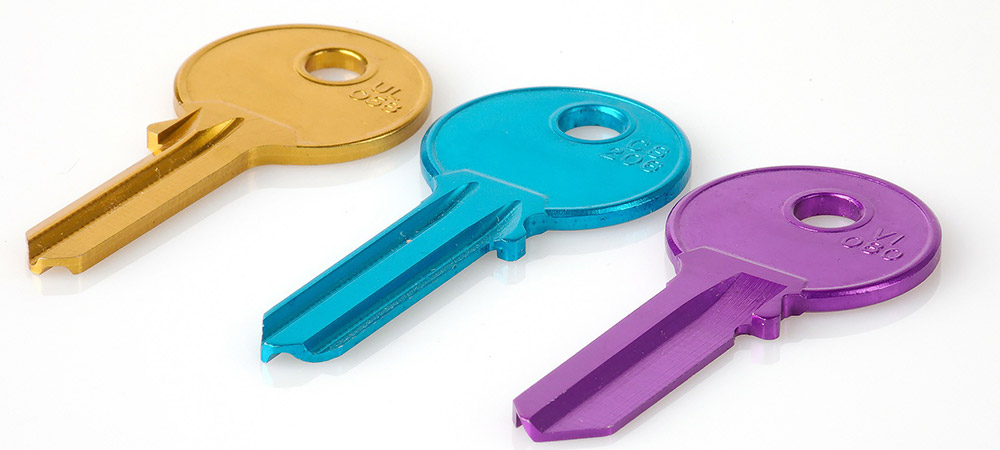Three is the Key to Development of Allergic Tolerance

Three is the key…this number holds a lot of importance in what believe makes the La Crosse Method™ Protocol safe and effective long term.
First, three doses a day. Every day. That’s been our daily mantra for dosing with allergy drops for decades. Many patients and providers ask why three doses a day is important.
Taking metered allergy drop medication sounds simple and can be. Research on medication adherence has shown that frequency and consistency is the key to improving symptoms. Taking three doses a day keeps tolerance-building cells stimulated and reduces the risk of reactions from less frequent, higher doses. Spreading doses throughout the day, or taking one in the morning or two at night, could improve effectiveness even more.
Second, three marks the phases we see for developing long-term tolerance.
Sublingual immunotherapy allergy treatment using the La Crosse Method Protocol follows these phases:
Phase 1:
Initial Oral Tolerance (0-3 months)
This starts with skin/in-vitro testing of the patient for evaluation and subsequent custom dosing based on the results of testing. We base dosing on testing; therefore the lowest skin/in-vitro test to evoke a response dictates the corresponding dilution for the drops. Using this precise dose allows the body to adjust to treatment without creating negative reactions so allergy symptoms can improve. Sometimes within this phase, there may be minor mouth itching/irritation that disappears as the sublingual immunotherapy treatment progresses as patients start to feel some symptom relief. This phase lasts approximately 0 to 3 months.
Phase 2:
Initial desensitization & symptom relief (3 months-2 years)
Important to the long term relief of allergy symptoms, the body starts with initial symptom relief making patients feel better while the body is increasing allergen tolerance internally. Symptom relief is more pronounced in this phase due to increased internal tolerance yet it is still too early to quit. Phase 2 lasts from 3 months to 2 years.
Phase 3:
Symptom Reduction & Long-term Tolerance (2 -5 years*)
Three times per day dosing continues as does symptom improvement, and the body continues to learn long-term tolerance. Your physician continues to monitor and evaluate the allergic response with testing, adjusts dose based on response, and works toward maintenance when a consistent dose is tolerated and symptoms are no longer present. This varies by individual patient* based on allergy severity. For some, treatment can be discontinued, for others with more severe allergies; it may need to continue to achieve patient goals.
To get the most out of sublingual immunotherapy allergy drops, taking the drops three times a day, through all three phases, provides faster, better, and more lasting results.
*Mold and food allergies typically require longer treatment duration.
Author: Mary Morris, MD, ABIM
